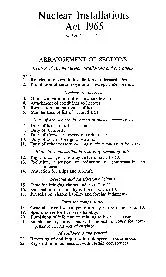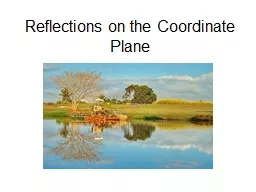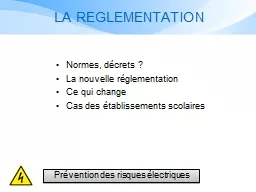PPT-ADS-B REFLECTIONS ON 2018 INSTALLATIONS
Author : aaron | Published Date : 2020-04-06
WHAT IS ADSB Automatic Dependent Surveillance Broadcast ADSB is a system in which electronic equipment onboard an aircraft automatically broadcasts the precise
Presentation Embed Code
Download Presentation
Download Presentation The PPT/PDF document " ADS-B REFLECTIONS ON 2018 INSTALLATIONS" is the property of its rightful owner. Permission is granted to download and print the materials on this website for personal, non-commercial use only, and to display it on your personal computer provided you do not modify the materials and that you retain all copyright notices contained in the materials. By downloading content from our website, you accept the terms of this agreement.
ADS-B REFLECTIONS ON 2018 INSTALLATIONS: Transcript
Download Rules Of Document
" ADS-B REFLECTIONS ON 2018 INSTALLATIONS"The content belongs to its owner. You may download and print it for personal use, without modification, and keep all copyright notices. By downloading, you agree to these terms.
Related Documents














